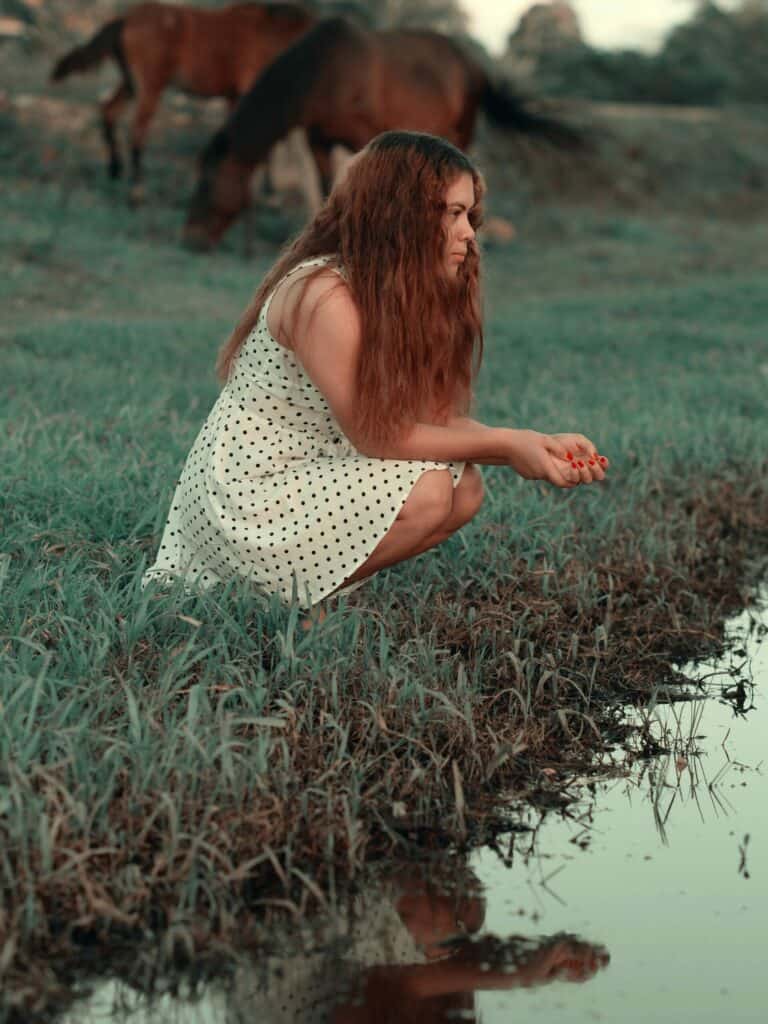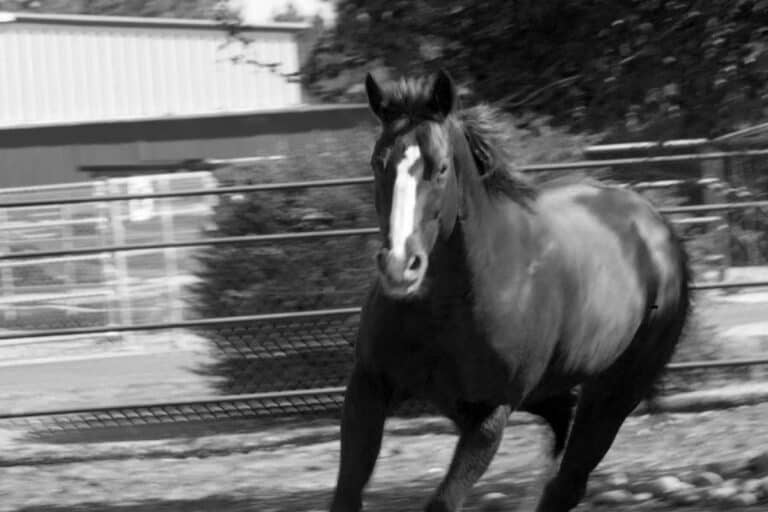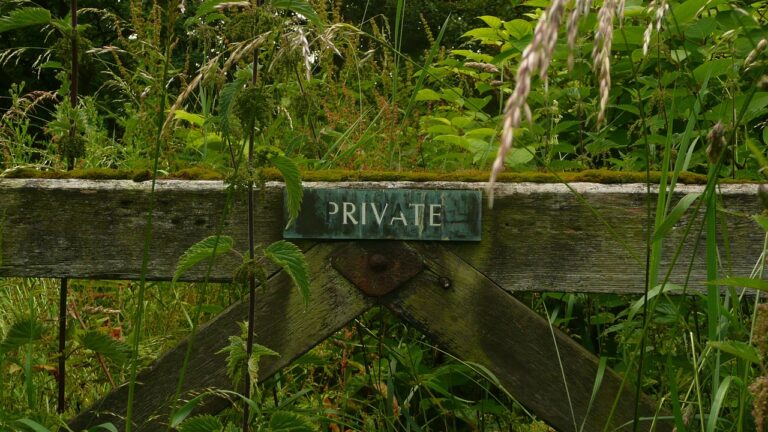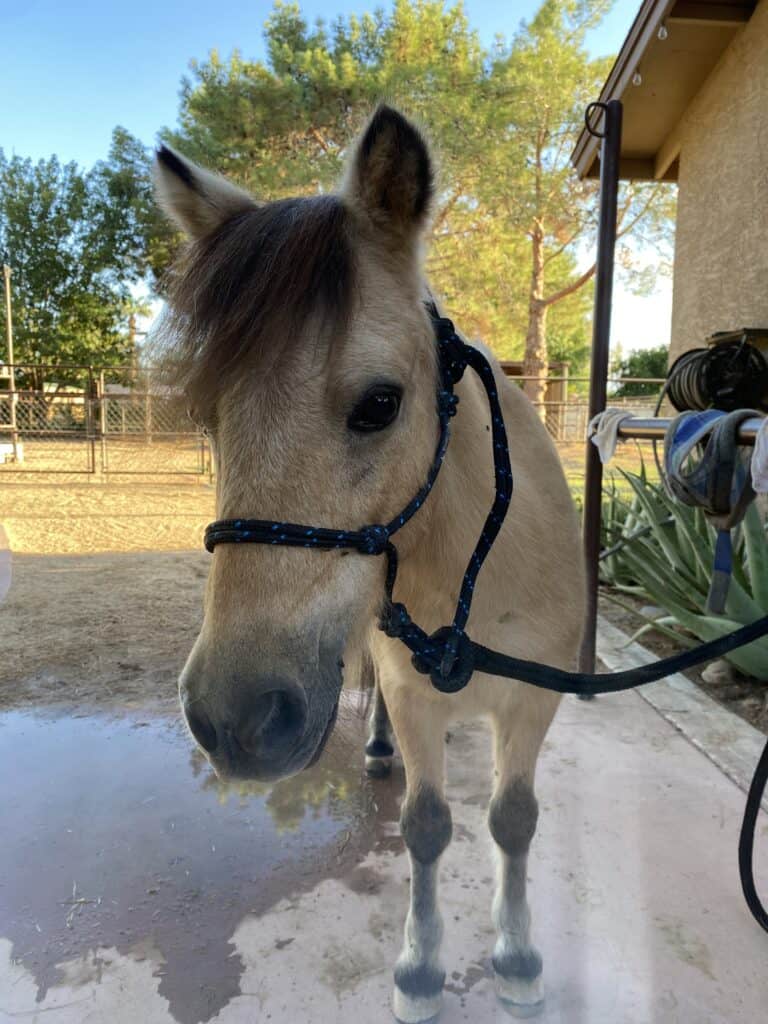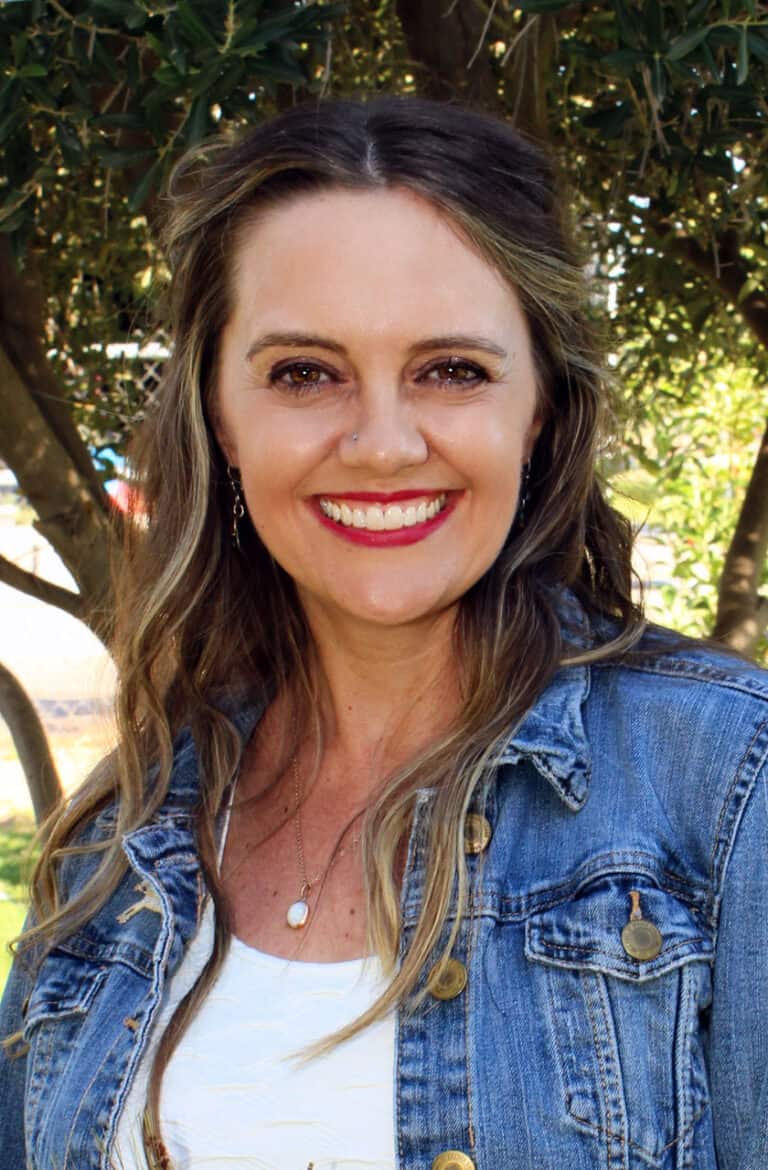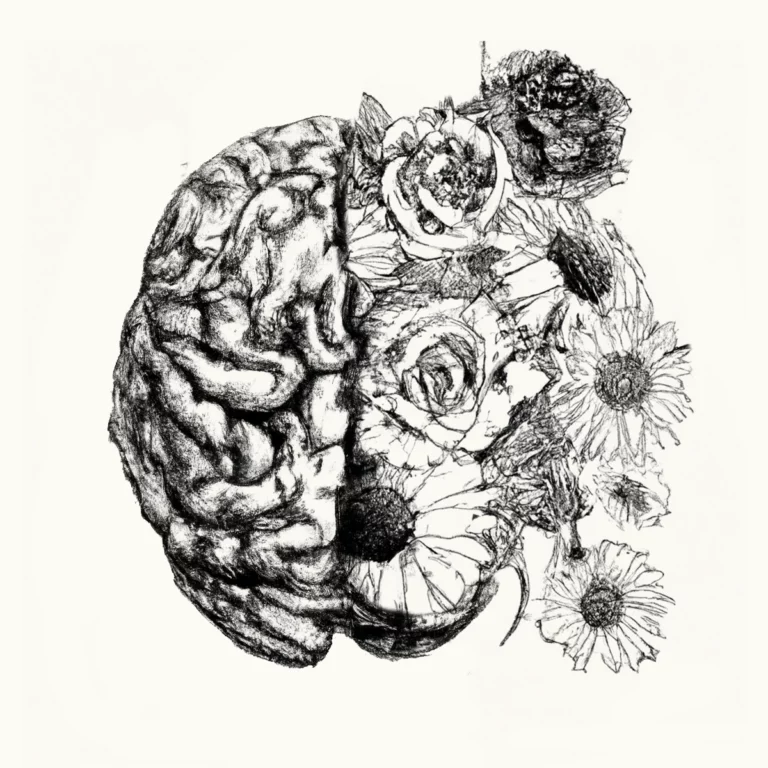It is said in yoga that we have a back body and a front body. Our front body represents that which we are aware of, whereas our back body represents that which is our shadow. We are not aware of our shadow, but it still influences our choices and perspectives on the world around us.
In our day-to-day life, in all things, the dance between what is in our awareness and what is not in our conscious awareness plays out. While we may “think” that our current experience of being agitated with a loved one is all about now, the reality is that there is likely some of that “charge,” that distress, that is actually rooted in something older, something that is out of awareness, “back behind us.” We have actually thrown this material out of view; we have thrown it out of our consciousness. Perhaps we even had to throw out our awareness of our distress in order to actually survive something that was really disturbing in our lives.
Funny enough, just because we may have a lack of awareness about what is in back of us, doesn’t mean those that are in front of us, those we interact with, don’t know. In social psychology, there is a term for this dynamic called the “Jahari Window.” Our degree of self-awareness can be actually divided into four quadrants, i.e., what is known to others but not to us, what is known to us, but not to others, a quadrant where there is what is unknown to ourselves and others, and finally, where what is known to others, is not known to ourselves and serves as our blind spot.
The dance between our unconscious and the present experience means that we are always toggling in our interactions with others between these four quadrants. One minute, what is behind us, in our back body, away from our awareness, plays out. In the next, we find ourselves becoming aware of our current experiences as well as what is behind our response, and how we react, is clear to us.
Do we perhaps have a nagging truth or even a hidden “inkling” that perhaps, just perhaps, there is something bigger at play in an interaction that we might be getting triggered by? Is any distress or conflict that plays out really about that “thing”? Is there perhaps something behind the scenes that has been a blind spot?
